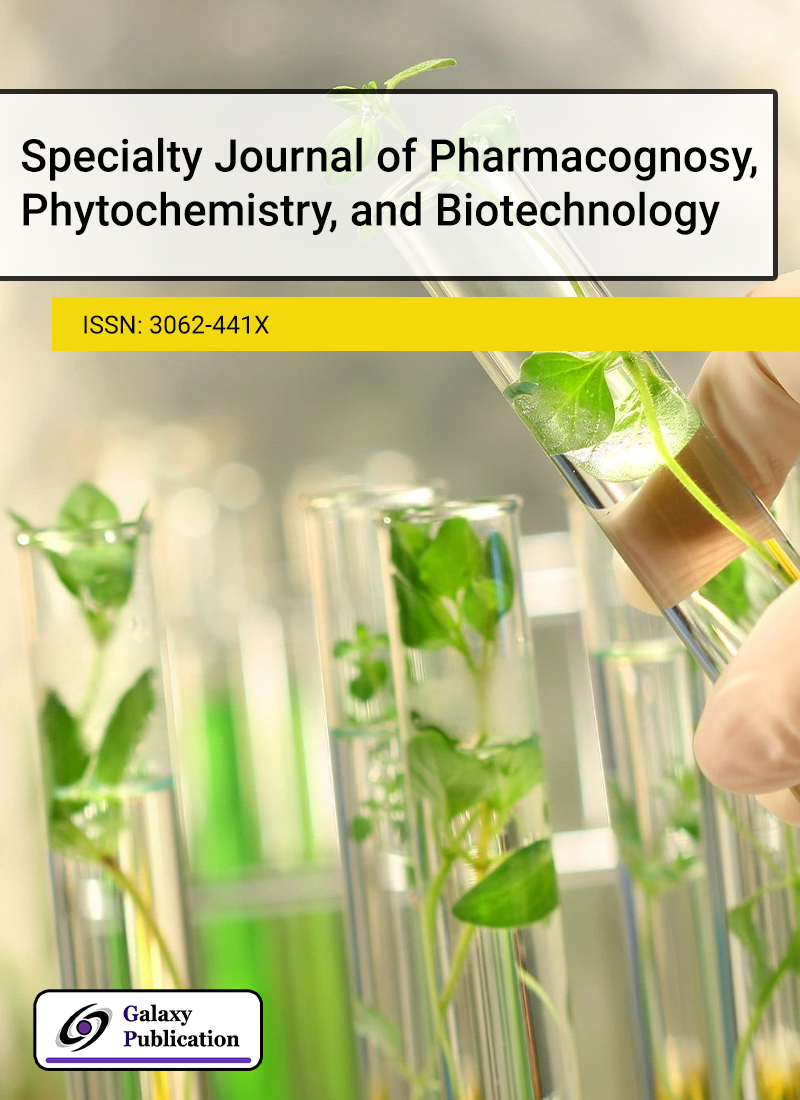
This study investigated the therapeutic effects of flavonoid-rich Hibiscus sabdariffa L. leaf extracts in rats with streptozotocin-induced diabetes. The study evaluated various biochemical parameters, including markers of redox stress, inflammation, pancreatic tissue histology, insulin levels, purinergic enzyme functions, lipase activity, and homeostasis models for β-cell function and insulin resistance (HOMA-β, HOMA-IR). The results showed that H. sabdariffa extracts significantly (P < 0.05) alleviated redox imbalance and inflammation in the diabetic rats. This was evidenced by the reduction of malondialdehyde (MDA), interleukins (IL-1β, IL-6), tumor necrosis factor-alpha (TNF-α), and C-reactive protein (CRP), alongside an increase in antioxidant enzymes such as reduced glutathione (GSH), glutathione-S-transferase (GST), catalase (CAT), and glutathione peroxidase (GPx). Histological evaluation of pancreatic tissue demonstrated protection against the degeneration of both acinar and β-cells. In addition, there was a significant increase in insulin concentration and a decrease in lipase activity. The extracts also modulated purinergic enzymes, including ecto-nucleoside triphosphate diphosphohydrolase (E-NTPDase) and ATPase, while improving both HOMA-β and HOMA-IR indices. Notably, the extracts activated the gene expression of insulin and GLP-1 receptors in the treated diabetic rats. These findings highlight the potential of H. sabdariffa leaf extracts as a natural therapeutic approach for diabetes management.